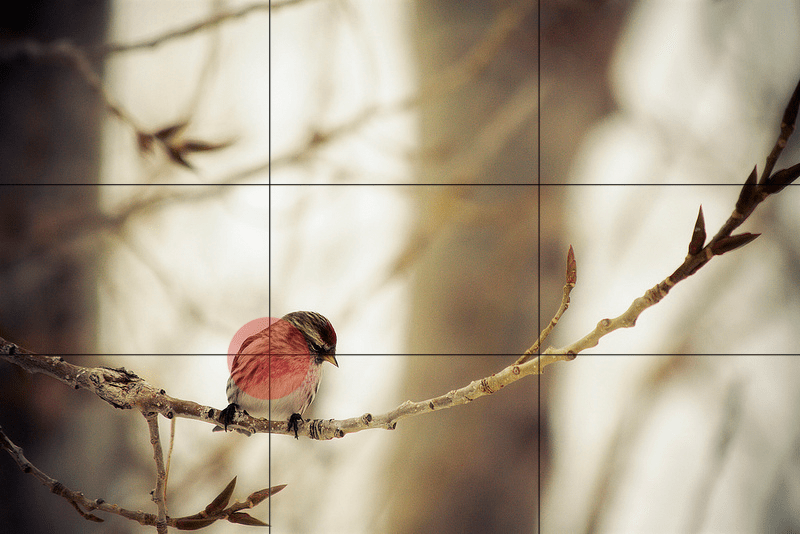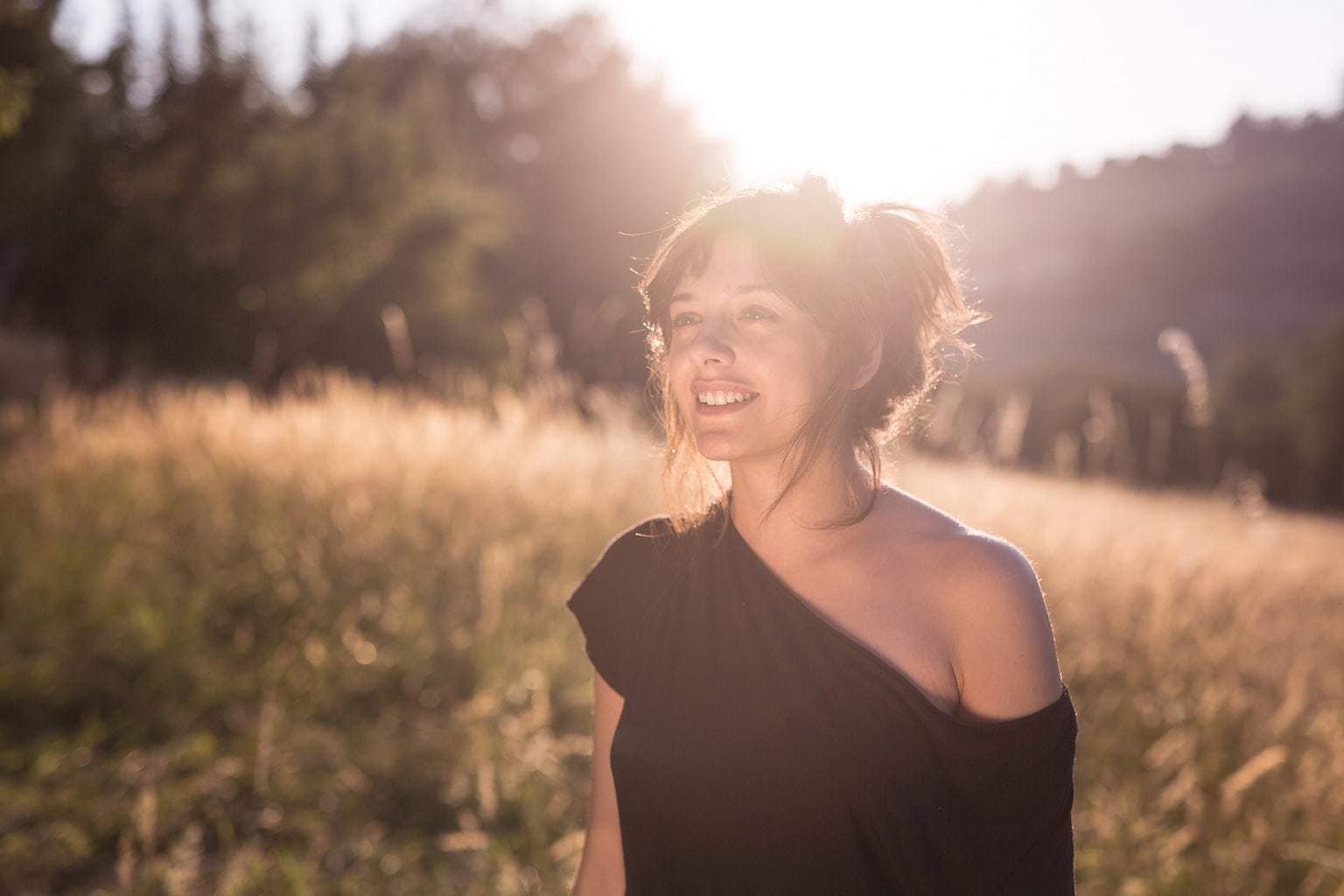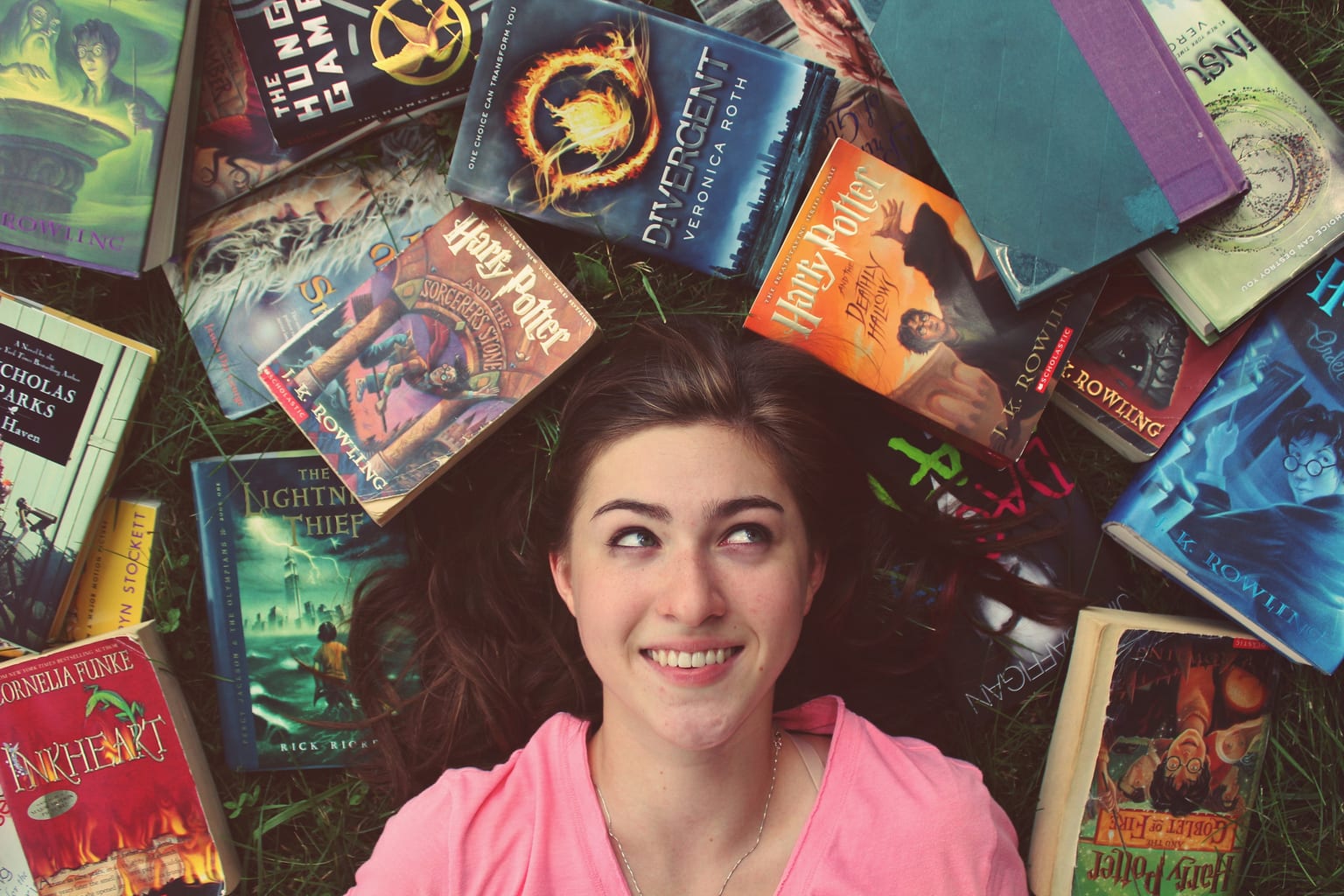As an amateur, you may never be interested in architectural photography or macro photography, or even documentary photography. But I am sure that at some point you will "fall" into portraiture and end up pursuing portraits that tell stories. The why is very easy; A priori it is the “simple” branch since in general, as sociable beings, we always have someone unsuspecting who offers to pose for us ? .
Before continuing, I recommend this mega guide that we have prepared on portrait photography with all the tips and tricks to achieve incredible portraits. In addition, you will find inspiration and much more than you can imagine.
And why did I say "simple" like that, in quotes? For many reasons:
- In my view, the more recurring and exploited a topic is, the more difficult it is to achieve results that convince us.
- The more "easy" or within reach we have it, the less we will squeeze our brains to get good results.
- …And because beyond all the technique that surrounds a portrait, the most important thing is that it tells us something . And often we forget this, so we get beautiful portraits, but nothing more.
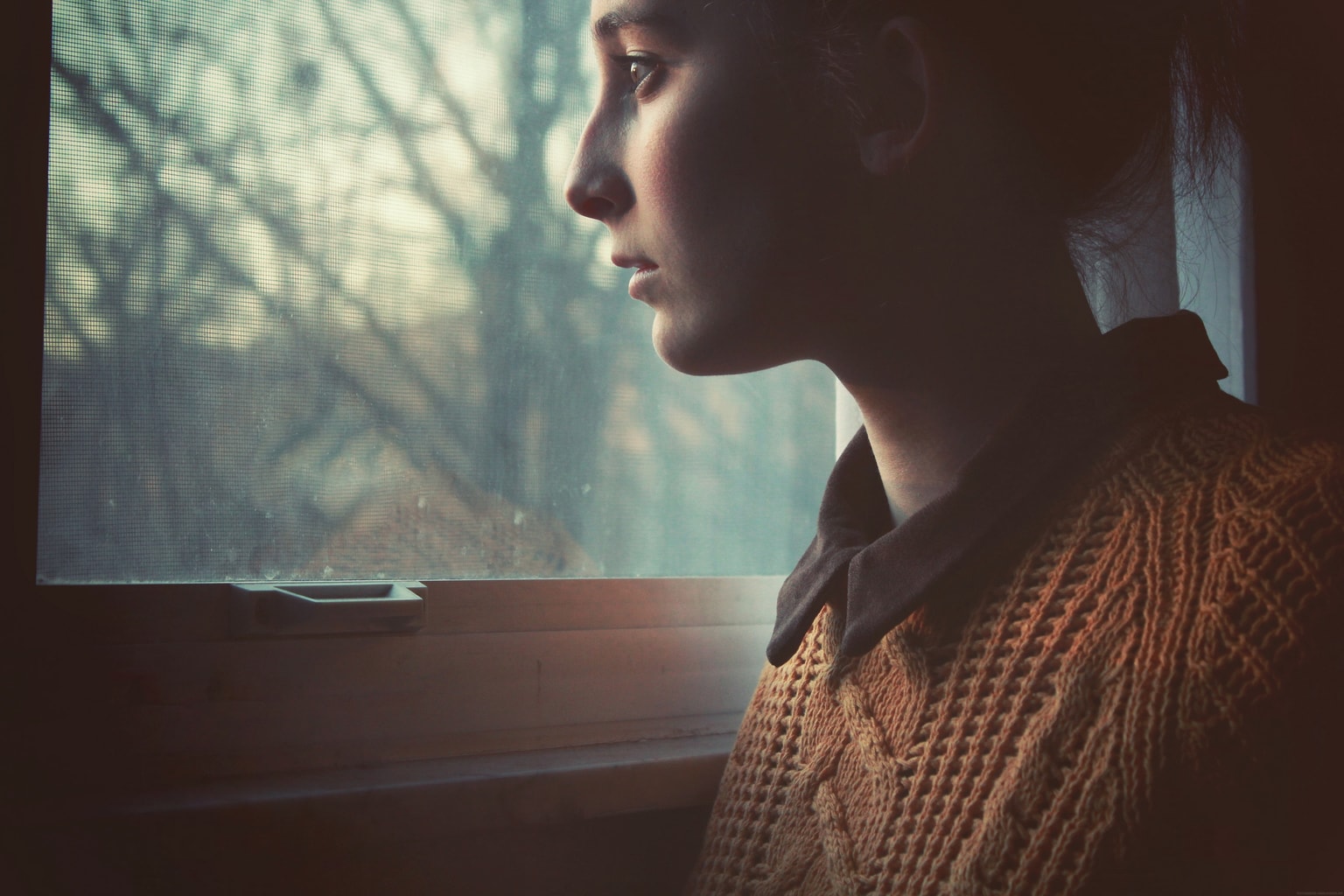
HOW CAN WE TELL STORIES THROUGH THE PORTRAIT?
First convince yourself that we all have something to tell . Always. And remember that a story does not talk about beautiful models or a perfect sunset light, not even the perfect framing following all the rules of composition. A story has to move us, to reach us, to convince us. Luckily, there are many ways to tell stories in a portrait. Let's see some.
BEFORE YOU START, THE ESSENTIALS
Know what you want to tell, what you want to say about that person. Do you know her? How is she? What do you want to say about her? You do not know her? What impression has she given you? Have you talked to her? Can you try to get to know her somehow before shooting the photo? Do you want to talk about her profession? About her innocence? About her strong character? …
All these questions will condition any decision you make later. From the framing, to the light, through the level of approach or the posture, so it is highly recommended that before shooting you know what you want to convey with your image.
- Invest time in getting to know that person you want to portray.
- Talk to her, it will not only help you get to know her if you don't know her, but it will help you break the ice and make you both feel more comfortable.
- If it is the image of a stranger, do not limit yourself to photographing him, everything that accompanies your image speaks of him, keep that in mind. The light, the point of view, the position within the frame...
SPONTANEITY VERSUS PREPARATION
Just because you know what you want to get doesn't mean you can't mix spontaneity with preparation , even in the middle of a prepared session the magic of a wonderful spontaneous laugh can come out thanks to one of your good jokes, or a frown due to one of the bad ?
There is no single recipe to obtain good portraits that tell stories, you are the one who must feel comfortable with your own way of working, if you prefer to let yourself go in the middle of a free environment where your "model" develops completely on her own, it is valid. If, on the contrary, you prefer to control all aspects of the portrait, from the technical to the pose or expressions of your protagonist, it is also perfectly valid.
Be that as it may, don't be afraid to direct your scene and to move freely and without haste whenever the situation allows it.
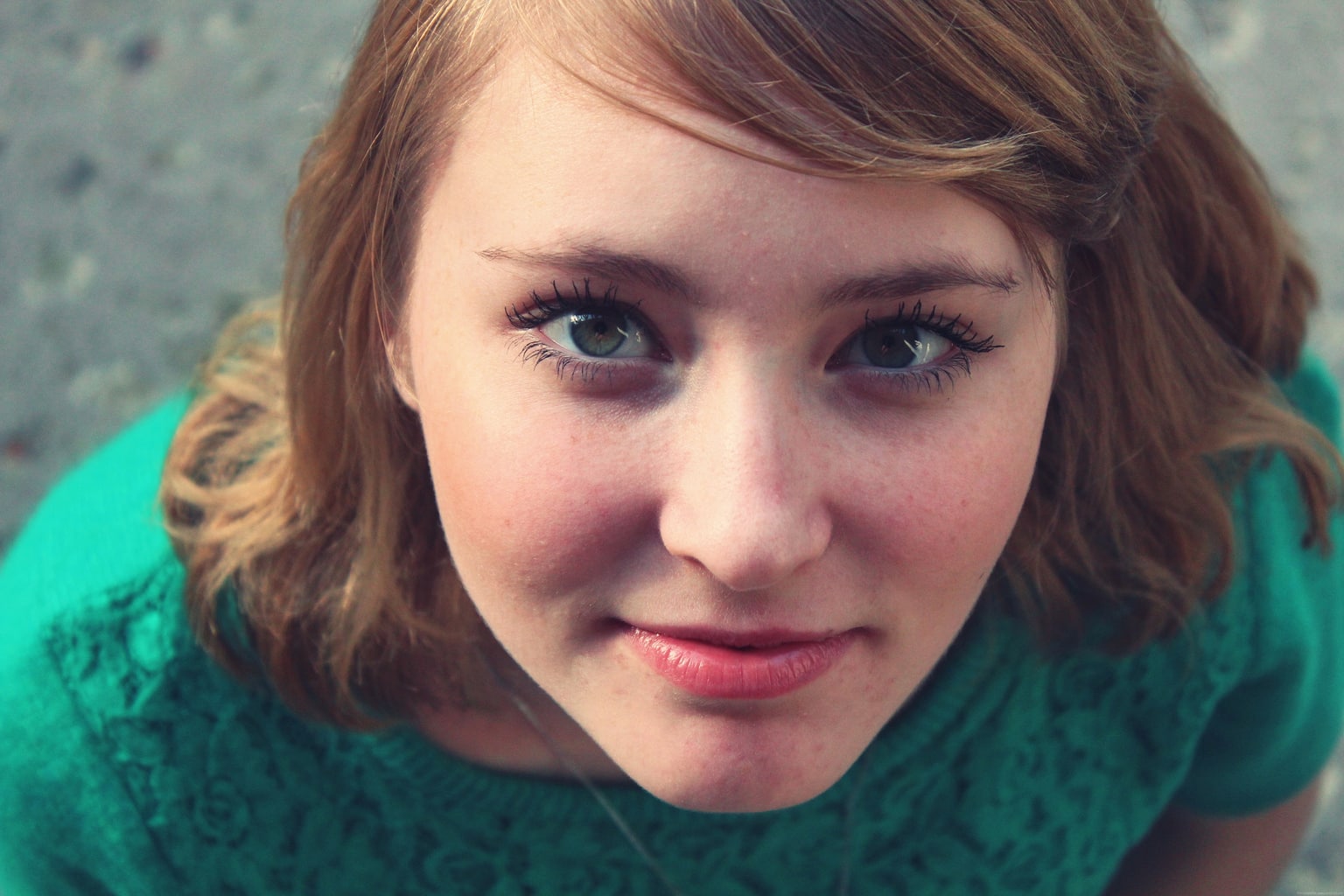
THROUGH ATTITUDE AND NON-VERBAL LANGUAGE
Always related to what story we want to express about that person, the attitude they show is essential for the idea you want to convey.
The attitude is transmitted through many variables such as the position of the arms, the gestures with the hands, the look, a smile, a frown, a direct look at the camera or a lost look... Everything tells us about something, everything It transmits different things to us.
- The look : You can direct it directly to the camera or to the other side. You can make it go towards something inside the frame or towards something we can't see since it's outside the frame. A direct look at the camera is a direct look at the viewer, a non-direct look outside the frame encourages us to imagine part of the story, and a non-direct look inside the frame can generate an added narrative. (Look at something, object or person that we also see and create a relationship, a story).
- Posture : A relaxed posture is not the same as arms akimbo, someone sitting comfortably, someone in tension, someone with arms crossed is not the same as someone showing us, for example, the palms of their hands.
- The expression of the face : Seriousness, laughter, laughter, concentration, sadness, desperate crying, concentration, fury.
Controlling the non-verbal language in the portrait is as essential as the alphabet to learn to read or write. Therefore, if you have been wanting more, I recommend this article on non-verbal language in portrait photography.
COMPOSITION
Or where to place our subject within the frame , how and why it conditions our way of perceiving and understanding the portrait. You can convey overwhelm, freedom, loneliness or innocence just by the way you place your protagonist within the image. Let's see some ways to achieve it:
- Law of the look Or let the image breathe in the direction in which the gaze is directed.
- Rule of thirds . It is not mandatory to apply it (far from it) but it is "mandatory" to know it ? It is the one that says that the viewer's attention is more easily directed to the imaginary intersections resulting from dividing the frame into three horizontal lines and three vertical lines. The points where these lines intersect are the strong points of the image and it is there where your center of interest stands out more to the human eye of the viewer.
- The negative space . What is it that surrounds our “model” but without providing information ? We can say that it is a fund that accompanies it, but does not detract from it. The place where you place this negative space will help you convey different sensations, from loneliness to overwhelm. You can read more about negative space here .
